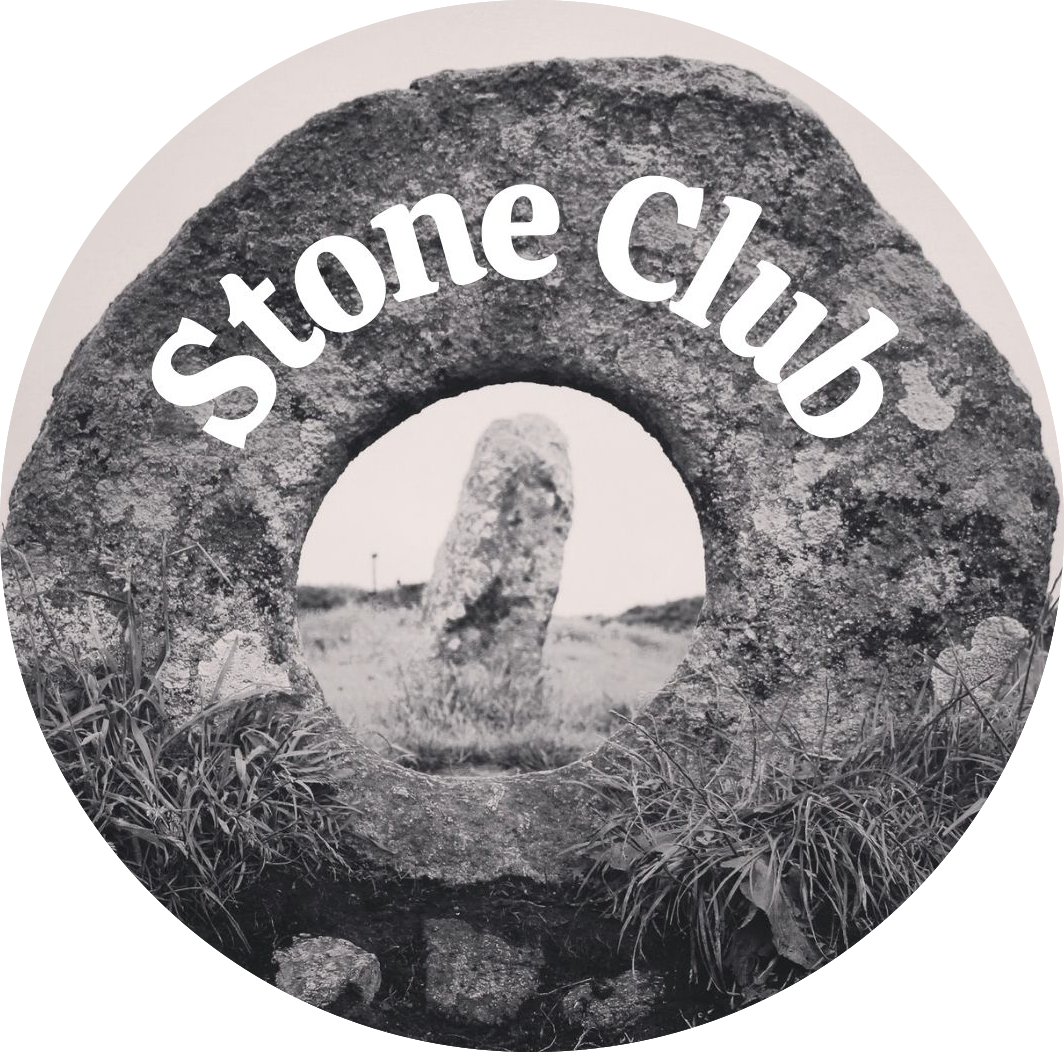Book of the Month November 2024
Journey to the Stones
Some books have the ability not only to transport the reader mentally but are also able inform of the best routes to walk, allowing us to physically uncover and discover places of interest. In Journey to the Stones Ian Cooke expands on his four brilliant self published pamphlets to bring us this essential guidebook to the the ancient sites of West Cornwall.
From Ian’s mind expanding artwork to the photographs and instructions and theories within, here we have a book of great use that will also enliven your imagination with sites that take us on a back journey through thousands of years
“While driving along the roads of the Land’s End Peninsula, or walking along its many public footpaths and old lanes, the traveller may glance at a solitary stone standing in a field grazed by cattle or surrounded by crops or, less frequently, half hidden amongst gorse, bracken and heather on the open rock-strewn moors.
The height and bulk of some of these stones may dwarf the onlooker while others only reach waist high. Some may be tall and rectangular, others triangular-shaped. Some may have been deliberately shaped by human hand while others are simple rough blocks of granite.
All were important to those who first took the trouble and effort to move and erect them.
Standing stones are the commonest type of prehistoric monument in Cornwall, their local name being menhir from the Cornish words mên (stone) and hyr (long).
West Penwith still contains a greater concentration of standing stones and other prehistoric sites than any other comparable area in the British Isles. Through the centuries, it has attracted the attention of many antiquarians drawn to its unique magical landscape.
This study draws on the work and opinions of these men and women as well as on my own experiences and research.”
Ian McNeil Cooke, 2002

